If you're going to enjoy yakiniku (Japanese BBQ) in Tokyo, simply grilling meat and eating it isn't enough! Japan’s yakiniku culture places a strong emphasis on carefully selected cuts of meat, the method of grilling, and even the order in which you eat to maximize the flavor. In this article, we’ll explore the history of yakiniku, introduce the unique characteristics of different cuts of meat in Japan, and recommend some ideal yakiniku restaurants in Tokyo that are perfect for dinner or a date. For true yakiniku lovers, this will be the ultimate dining experience.
The History of Yakiniku in Japan: When Did Yakiniku Restaurants Begin?
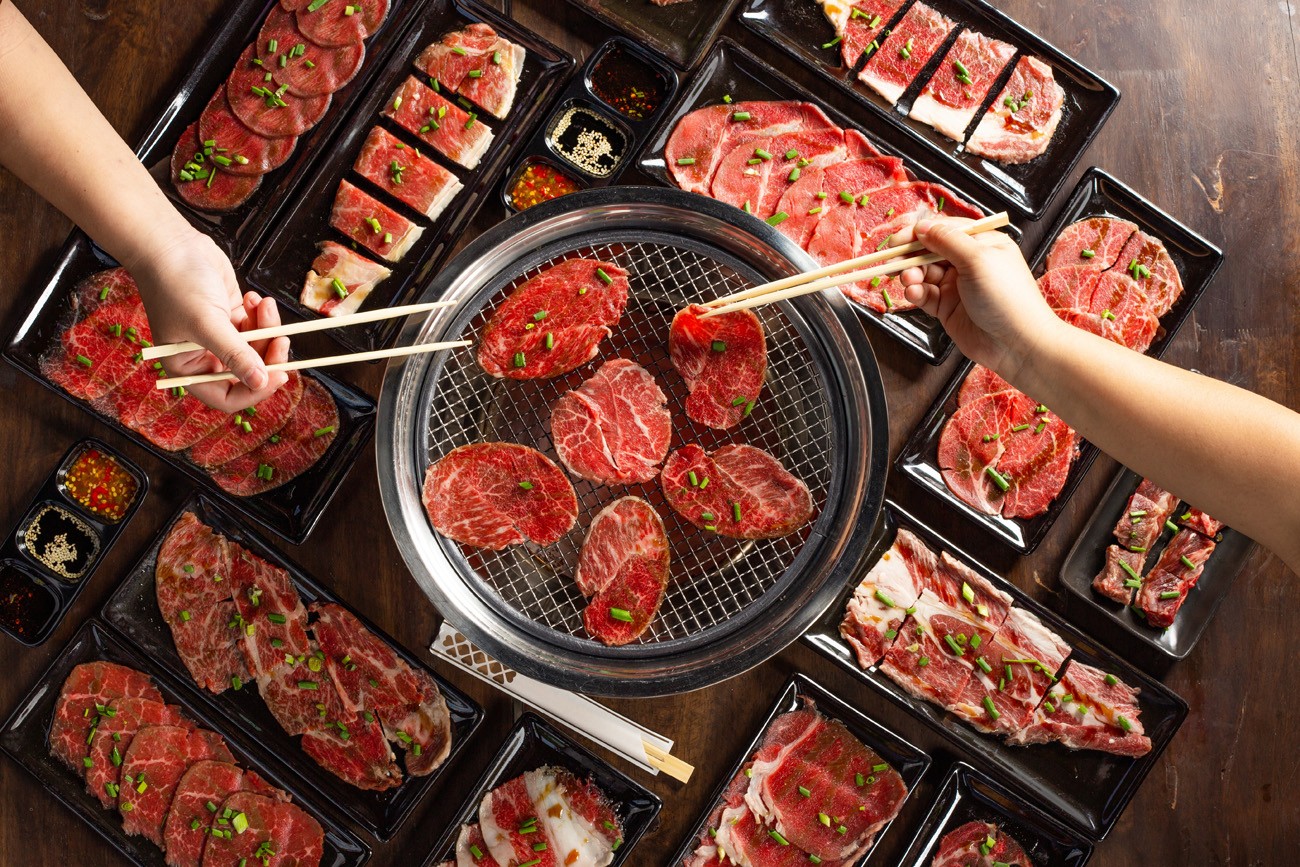
Yakiniku is an extremely popular dish in Japan, where thinly sliced meat is grilled on a net or iron plate, and eaten with sauce or salt.
Japan’s meat-eating culture began during the Edo period (1603–1868), but it wasn’t until after the post-war economic boom that yakiniku, as we know it today, became widespread. It's believed that the style of yakiniku was introduced by immigrants from Korea, who brought their BBQ traditions to Japan, and gradually, yakiniku gained popularity here.
By the 1950s, with Japan's rapid economic growth, meat consumption surged, and yakiniku restaurants started opening one after another. During this time, Japan developed its own distinct yakiniku style, along with original dipping sauces, solidifying yakiniku as a major part of Japanese culinary culture.
Today, yakiniku is widely enjoyed as part of Japan’s food culture, offering various styles and menus. Especially in urban areas like Tokyo, you’ll find numerous yakiniku restaurants, each offering its unique menu and grilling techniques. Yakiniku remains a sociable and enjoyable cuisine, loved by many across the country.
What Are Harami and Karubi? Popular Yakiniku Cuts Explained
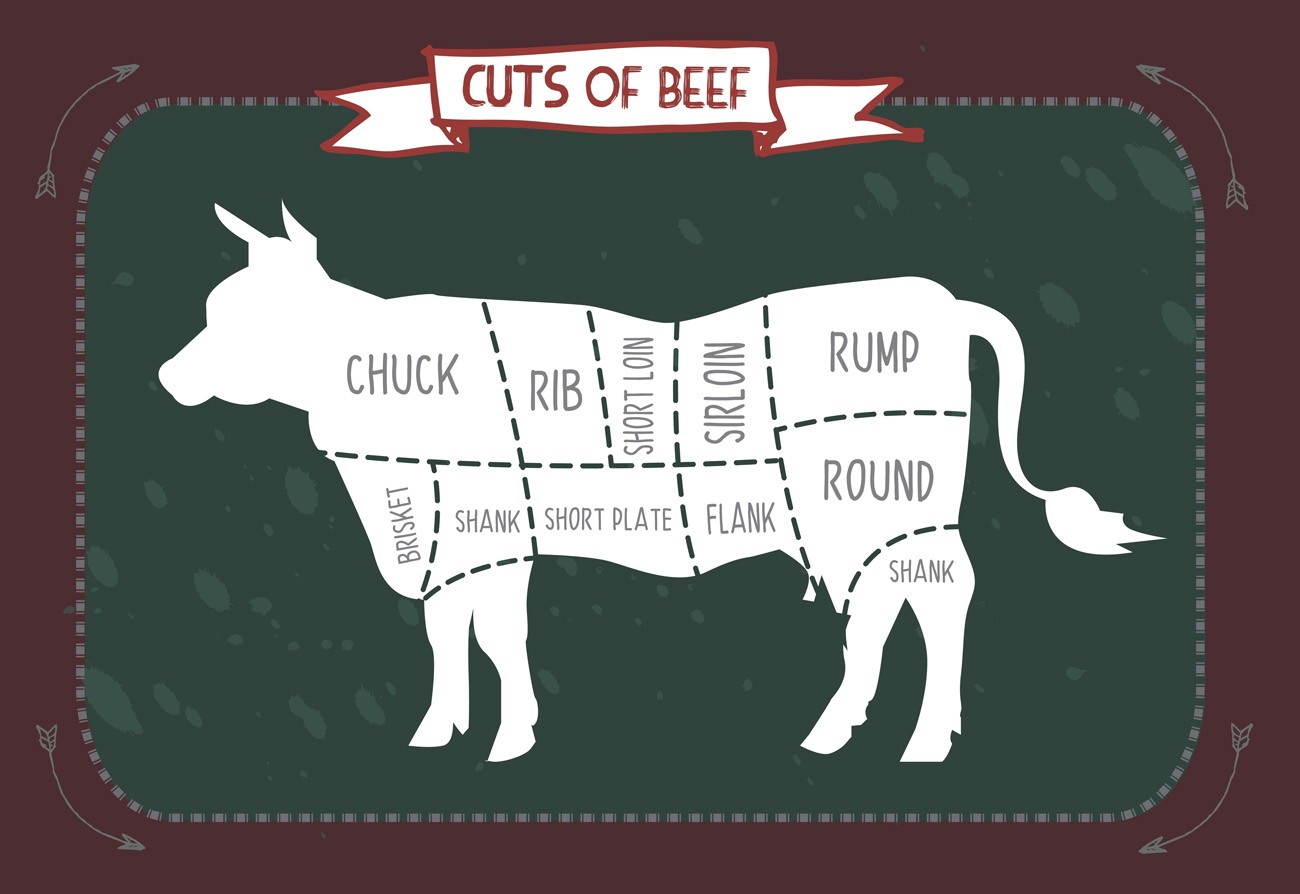
For foreigners, understanding the names and characteristics of the meat cuts served in Japanese yakiniku can be challenging. The unique Japanese names and the differences between the cuts can create hurdles when ordering. To help make things clearer, here’s a guide to the characteristics of typical yakiniku cuts.
①Galbi (Short Ribs)
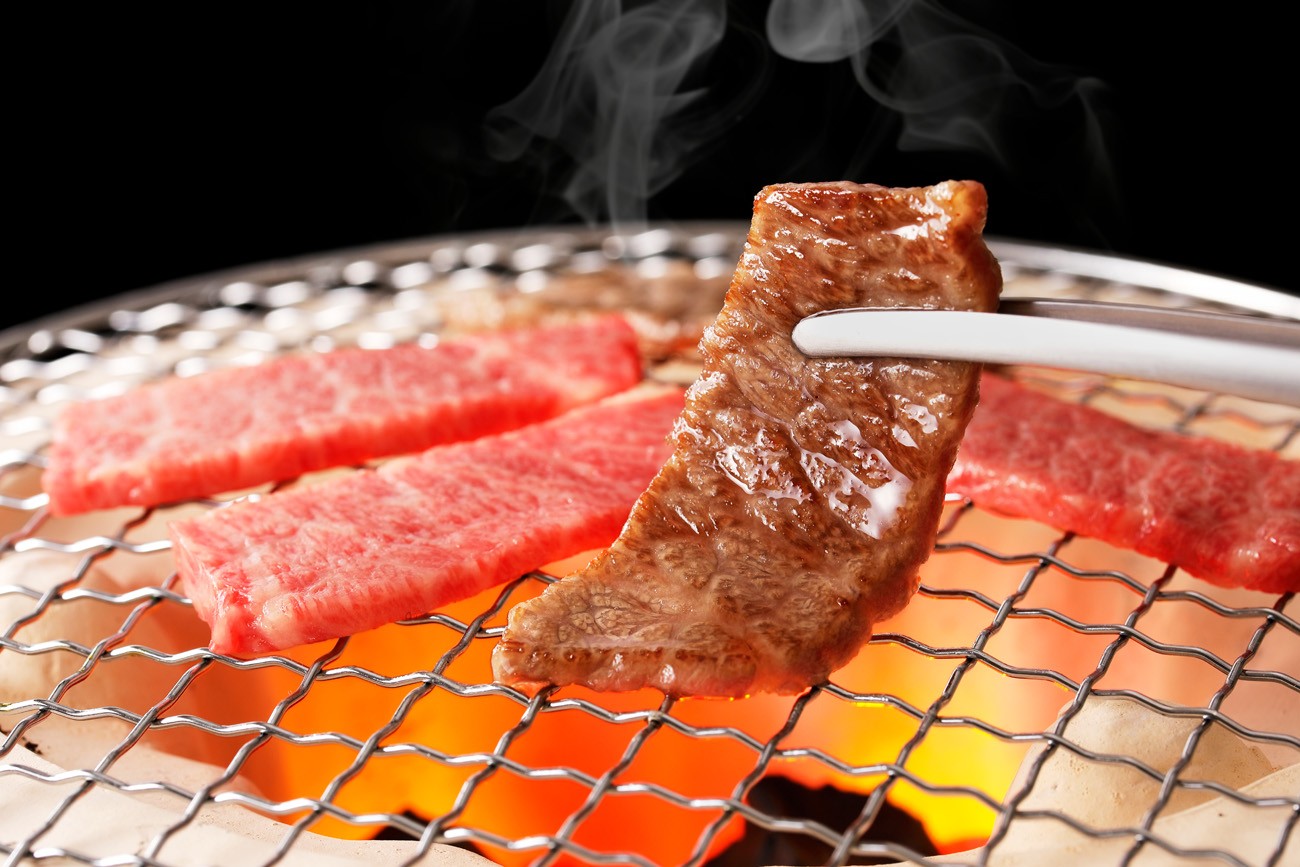
Karubi refers to the meat around the rib area. It's rich in fat, juicy, and tender. This is a staple yakiniku item and pairs well with sweet and savory sauces.
②Rosu (Loin)
Rosu comes from the back, spanning from the shoulder to the waist. It’s known for its sweetness in the fat and tenderness in the lean meat. It contains less fat than karubi and has a lighter, more refreshing taste. There are two types: shoulder loin and rib loin.
③Harami (Skirt Steak)
Harami is from the diaphragm area. It has a perfect balance of fat, offering a tender yet slightly chewy texture. While technically classified as offal, it has a rich flavor similar to red meat, making it a popular choice.
④Tan (Beef Tongue)
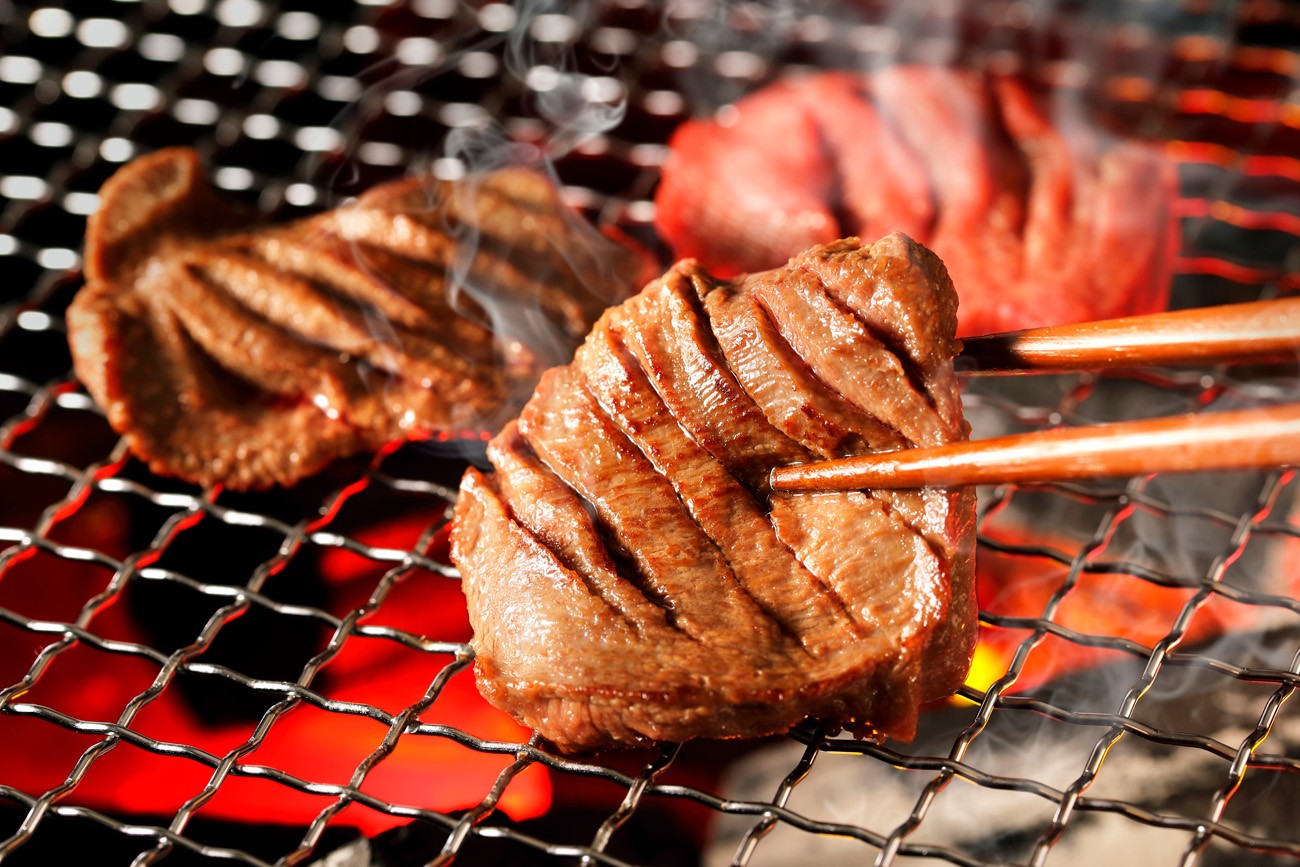
Tan refers to the tongue of the cow, and it’s divided into four parts: tan-moto (base), tan-saki (tip), tan-naka (middle), and tan-shita (underside). The base, or tan-moto, is particularly prized due to its limited availability and is considered the most luxurious cut.
The middle part, tan-naka, when sliced thin, offers a refreshing taste with a pleasant texture. On the other hand, thickly cut tan-moto provides a juicy, tender flavor that melts in your mouth.
⑤Horumon (Offal)
Horumon refers to the intestines of cows or pigs. The name comes from the Kansai dialect, meaning "discarded items," as these parts were once considered waste. Nowadays, they are appreciated for their unique texture and flavor, making them a popular choice for yakiniku and hot pot dishes.
⑥Bara (Belly)
Bara is the meat from the cow's belly. Due to its layered composition of fat and lean meat, it is also known as "three-layer meat." With a generous amount of fat, it's a highly popular cut in yakiniku restaurants.
Do You Know the Best Order to Enjoy Yakiniku?
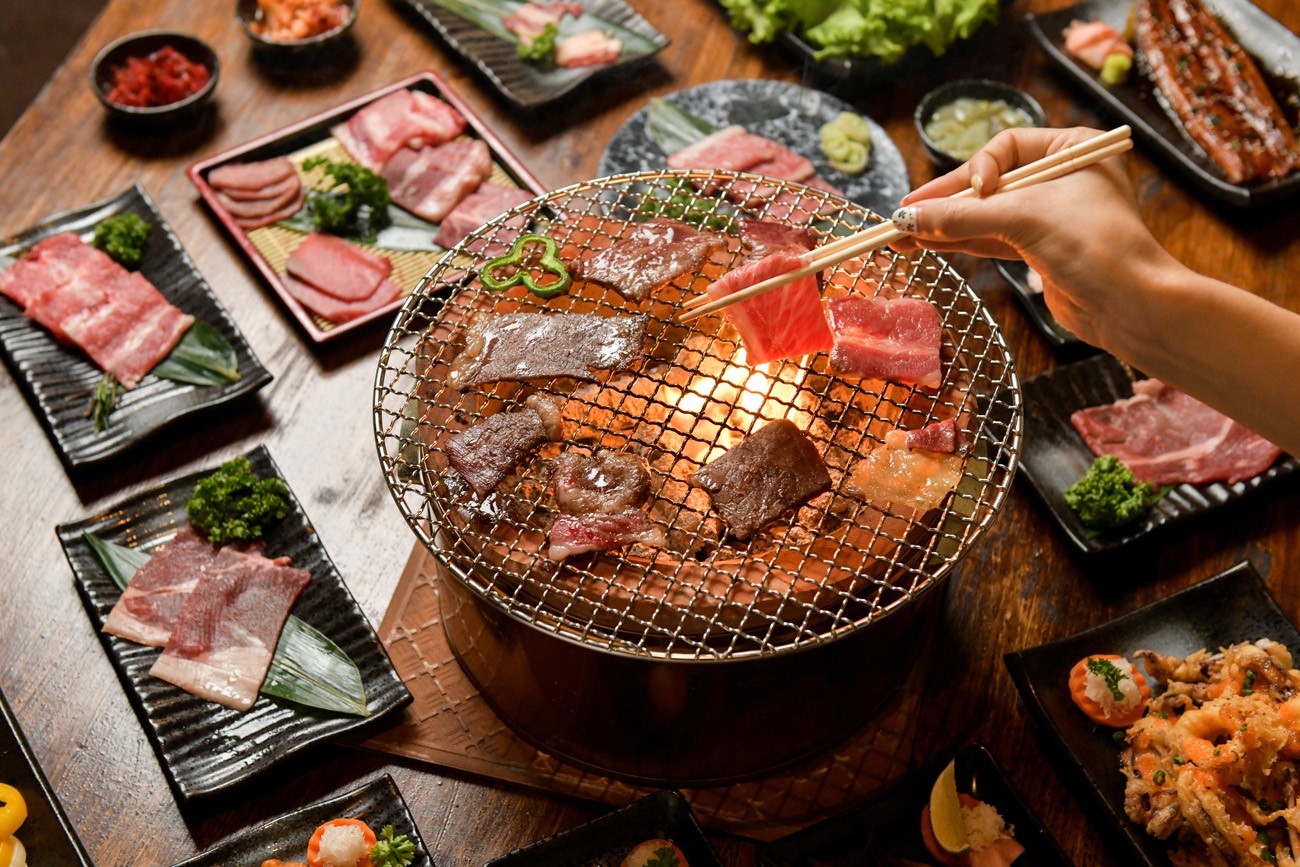
Paying attention to the order of eating can enhance the flavors of each cut. It’s generally recommended to start with lighter flavors and leaner cuts, then progress to fattier ones.
(1) To cleanse the palate and prepare for the rich flavors ahead, begin with something light like a start with a salad or appetizer.
(2) Starting with tan is a great way to kick off the meal, as its refreshing flavor highlights the taste of the following cuts.
(3) Next, Move to Leaner Cuts Like Rosu and Harami. These cuts have less fat but offer a robust, meaty flavor. Their rich taste, while not overwhelming, is perfect for the beginning of your yakiniku experience.
(4) Then, Enjoy Karubi and Bara. These fattier cuts are juicy and full of rich flavor. The fat melts in your mouth, giving you a satisfying and intense taste.
(5) Finish with Horumon. Horumon is ideal for closing the meal due to its distinct flavor and chewy texture. It provides a unique finale to your yakiniku journey.
As a tip, between heavier cuts, enjoy side dishes or vegetables to reset your palate. This will help highlight the flavors of the next cut and enhance the overall dining experience.
(6) End with rice or noodles. For a satisfying finish, consider rounding off your meal with rice or noodles. The addition of carbohydrates ensures a fulfilling conclusion to your meal.
3 yakiniku restaurants you want to go to for dinner or a date in Tokyo
(1) YAKINIKU ANFAN (Ginza)
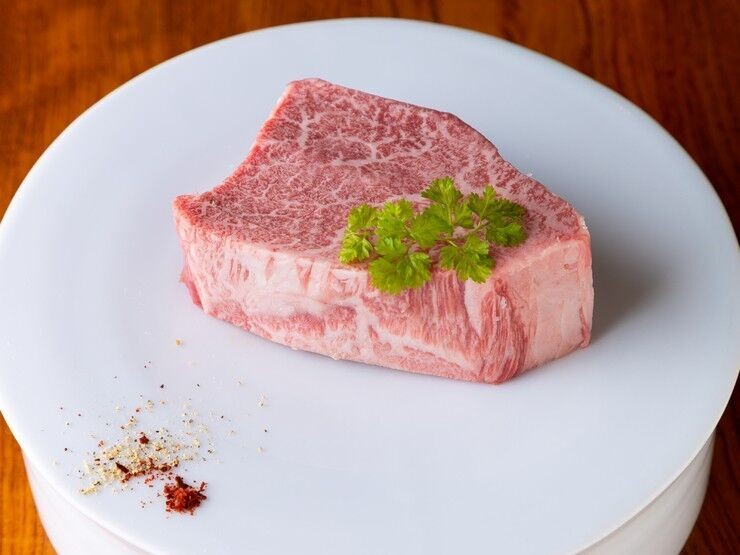
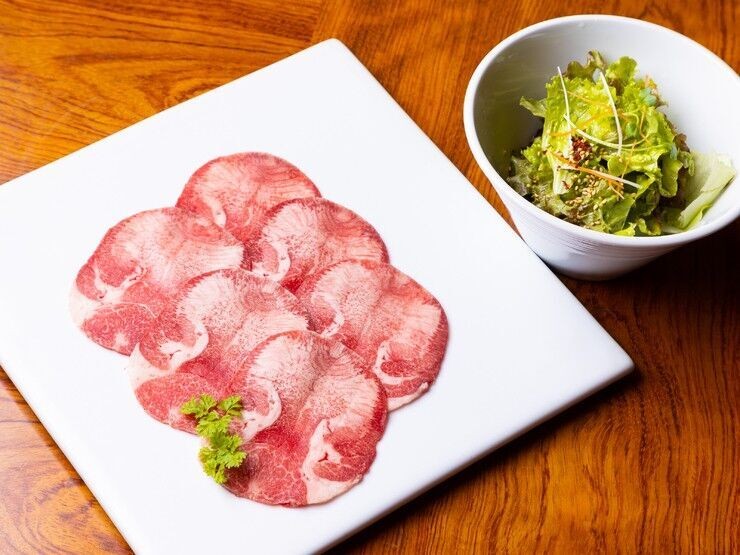
At YAKINIKU ANFAN, you can savor premium Kyushu-raised Kuroge Wagyu beef, not only through traditional yakiniku but also with creative, Asian-Korean fusion dishes. The restaurant’s unique approach, blending French and Korean culinary influences, makes it a standout choice.
One of the most popular orders is the Wagyu Salt-Grilled Marbled Oxtail, where the chef perfectly seasons and grills tender oxtail to a crisp finish. Many diners start with this signature dish. Also highly recommended are the Salt-Grilled Wagyu Tongue, which pairs excellently with the Korean Salad, and the Pa-jeon, a Korean pancake loaded with green onions.
For wine enthusiasts, Hanryu Ankan offers an impressive selection of rare and vintage wines, sure to please connoisseurs. The extensive list of aperitifs and digestifs further enhances the relaxed and sophisticated dining experience.

YAKINIKU ANFAN
- Address: 2F New Ginza Building No. 3, 6-4-8 Ginza, Chuo-ku, Tokyo
- Access:
3 minutes’ walk from Ginza Station or Hibiya Station (Tokyo Metro)
7 minutes’ walk from Yurakucho Station or Shimbashi Station (JR Yamanote Line) - Business hours:
Weekdays & Pre-holidays: 17:00–00:00 (L.O. 22:00) Open until midnight from August 14–18
Saturdays & Holidays: Dinner 17:00–00:00 (L.O. 22:00) - Average budget: ¥17,000 for dinner
Book👉 Online
(2) Yakiniku Saigyu (Shibuya)
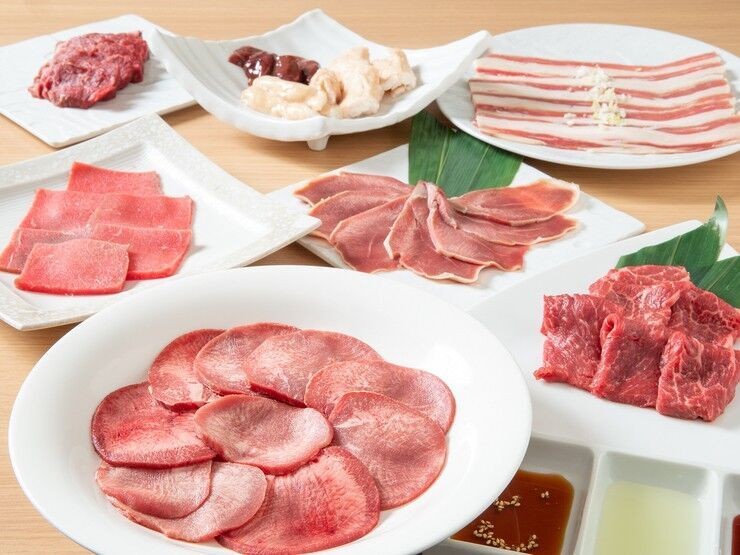
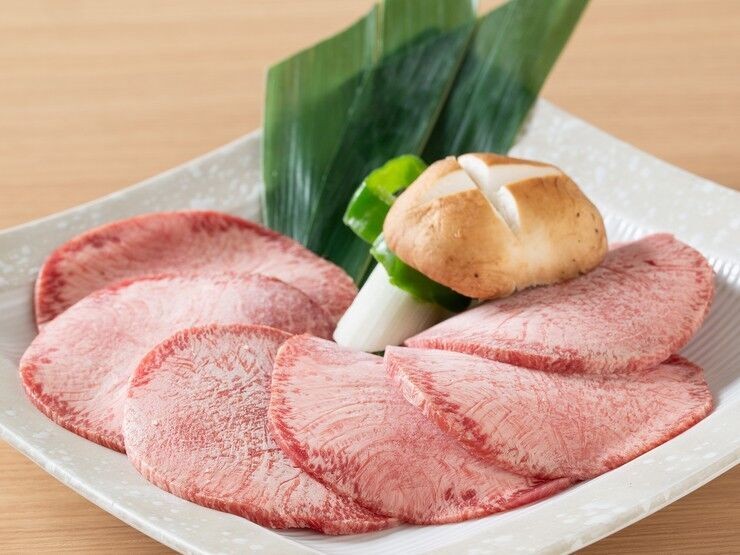
At Yakiniku Saigyu Shibuya, you can enjoy premium Kuroge Wagyu beef in a chic and relaxing setting. By purchasing entire cows graded A4 and A5, the restaurant offers top-quality Wagyu at reasonable prices.
For those looking to feast, the Saigyu All-You-Can-Eat Course is highly recommended. If you prefer to savor the flavors slowly, try the signature Wagyu Karubi Marinated in Special Sauce or indulge in the Saigyu Banquet Course, featuring rare cuts of Wagyu beef. The softly lit interior offers private rooms suited for various group sizes, as well as couple seats perfect for a date. For birthdays and anniversaries, the restaurant provides a complimentary Special Wagyu Sushi Platter, a delightful service for celebrating special occasions.
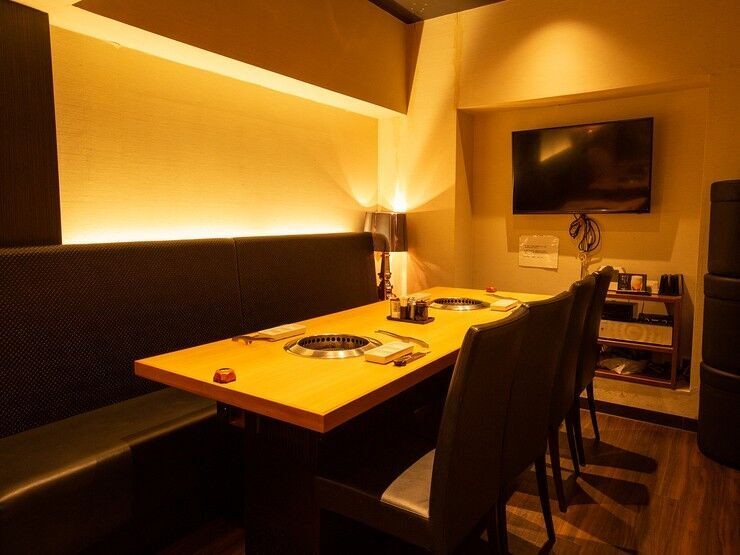
Yakiniku Saigyu
- Address: B1F Harajuku Park Mansion, 6-11 Udagawa-cho, Shibuya, Tokyo
- Access: 10 minutes' walk from Shibuya Station (JR Yamanote Line)
- Business hours:
Weekdays: Dinner 17:00–23:00 (L.O. 22:30)
Weekends & Holidays: Dinner 16:00–23:00 (L.O. 22:30) - Average budget: ¥5,000 for dinner / ¥1,200 for lunch
Book👉 Online
(3) Yakiniku Ushigoro (Nishiazabu)
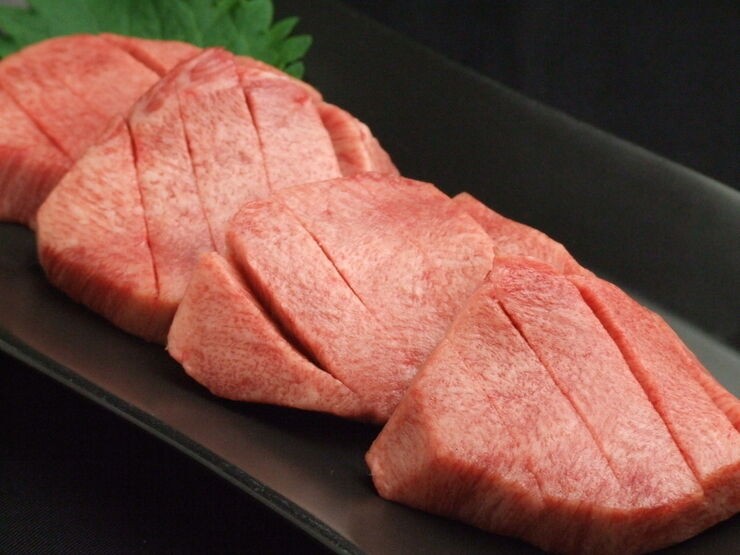
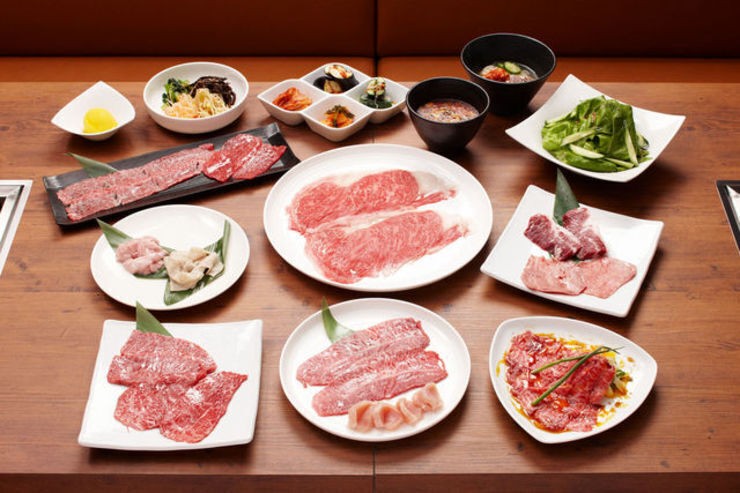
Yakiniku Ushigoro Nishiazabu prides itself on offering exceptionally high-quality meat, thanks to their unique sourcing routes and continuous research. With an emphasis on both the quality of the meat and meticulously crafted side dishes, the restaurant aims to deliver a flawless yakiniku experience. The clean and sophisticated ambiance, along with attentive customer service, makes it a standout choice.
The restaurant is versatile, suitable for various occasions such as dining with friends and family, dates, or business meetings. You can check out posts on Instagram using the hashtag #Ushigoro, and reservations can be made online 24 hours a day.
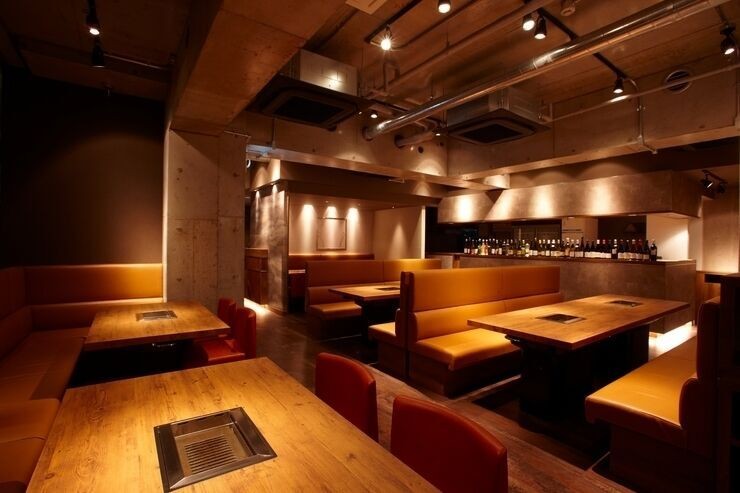
Yakiniku Ushigoro
- Address: 1F Barbizon 73, 2-24-14 Nishiazabu, Minato-ku, Tokyo
- Access:
10 minutes' walk from Roppongi Station (Tokyo Metro Hibiya Line)
10 minutes' walk from Hiroo Station (Tokyo Metro Hibiya Line) - Business hours:
Weekdays: 17:00–00:00 (L.O. 23:00)
Weekends & Holidays: 16:00–00:00 (L.O. 23:00) - Average budget: ¥10,000 for dinner
Book👉 Online

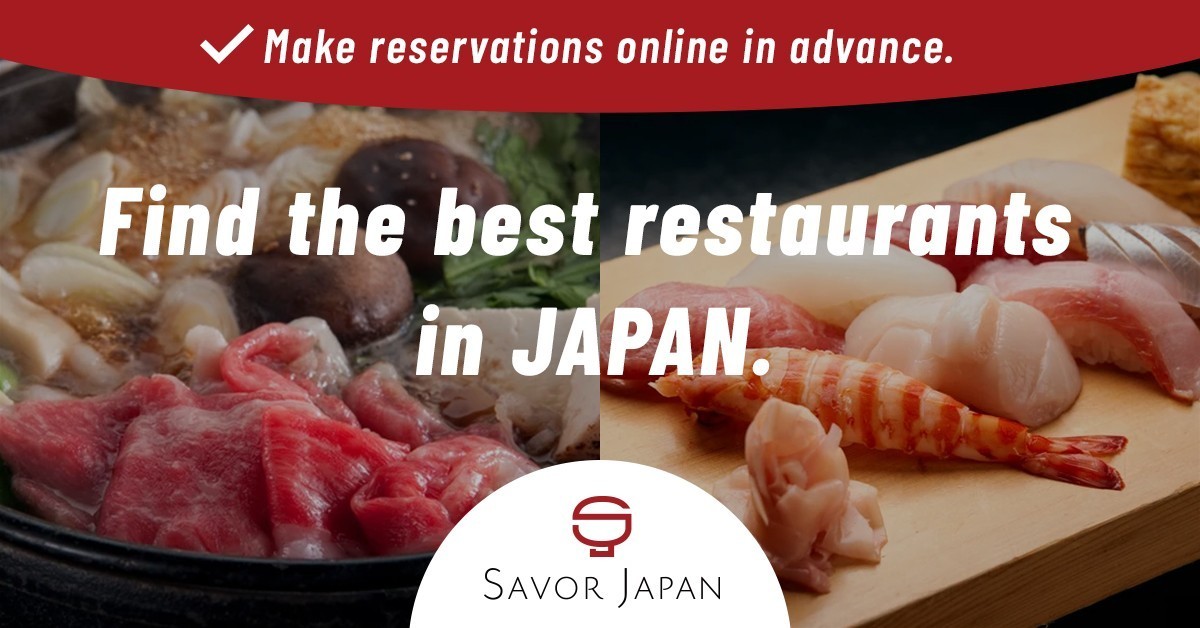
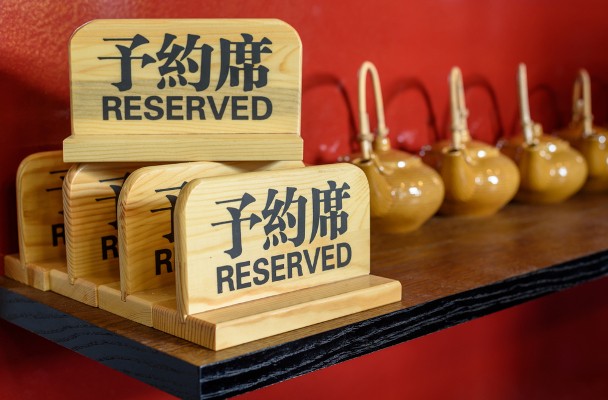


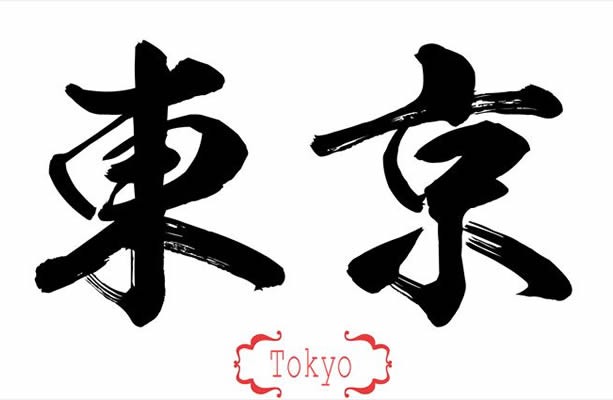
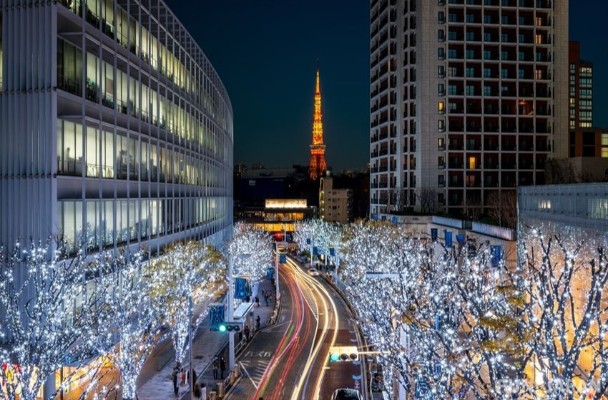
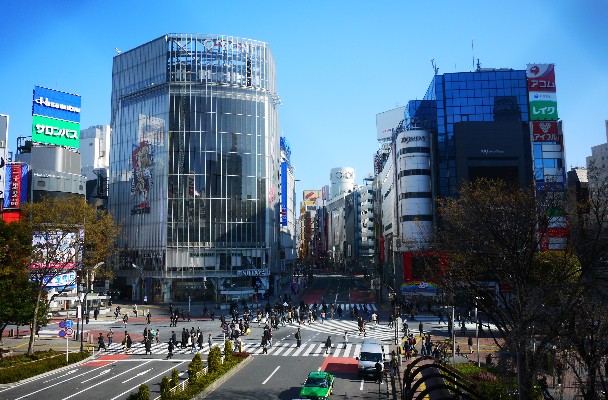
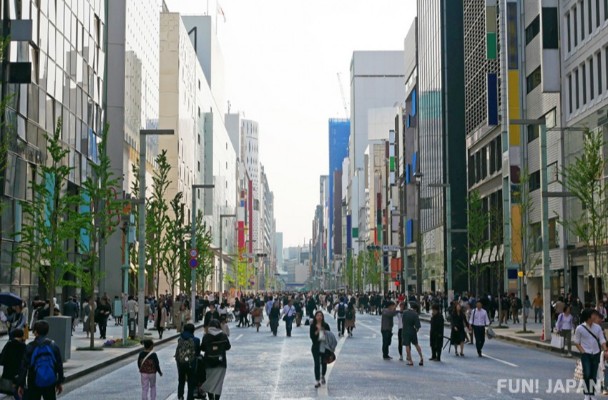


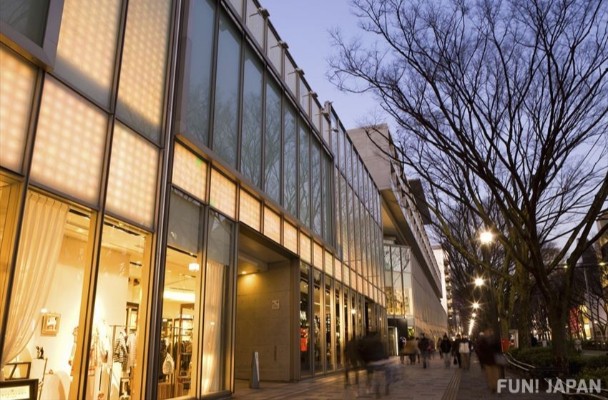
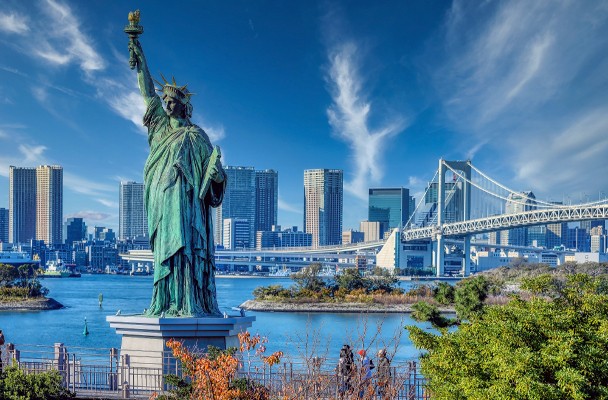
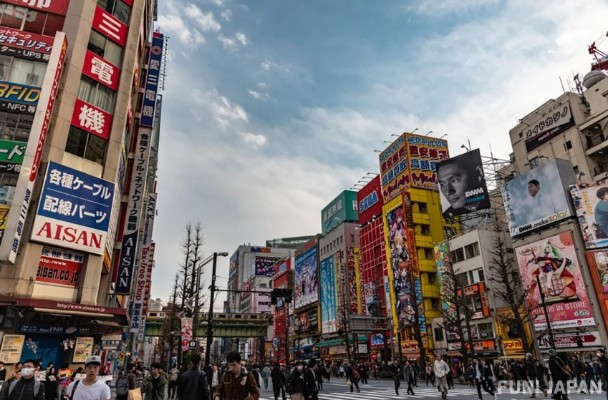

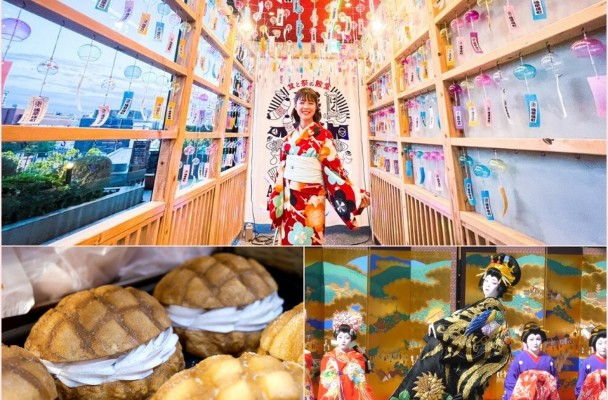
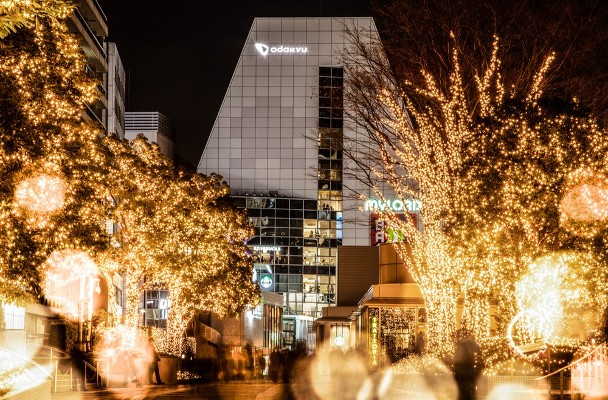
Comments